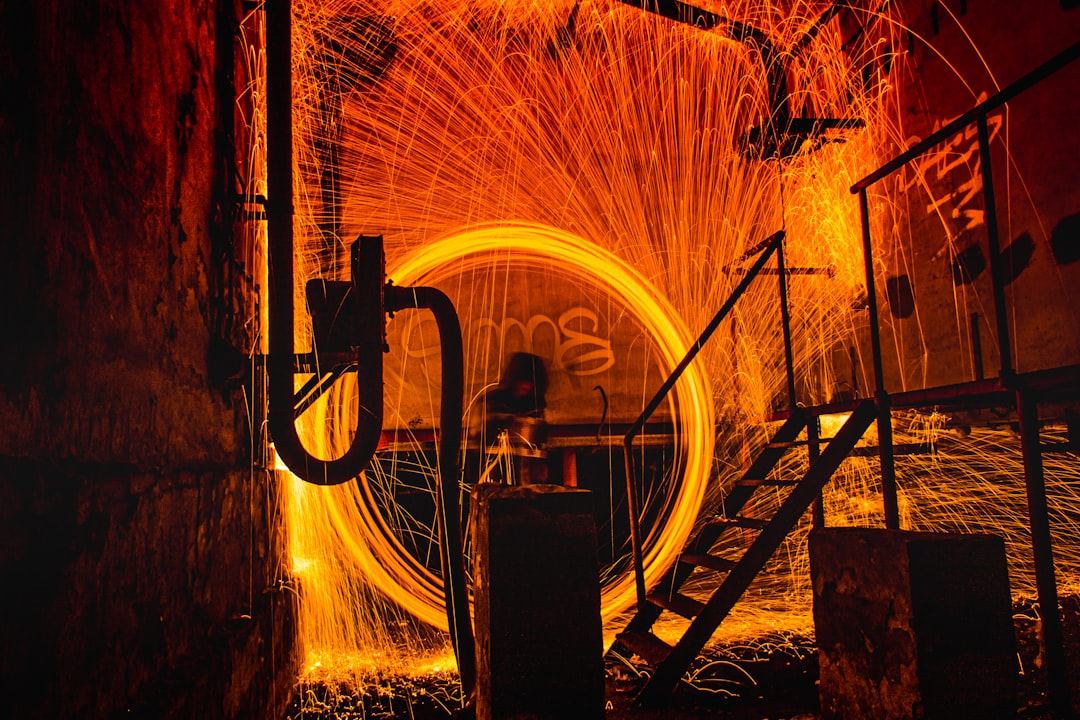The Rise of Smart Factories
In recent years, there has been a significant shift in the way factories operate. With advancements in technology and the rise of Industry 4.0, the traditional manufacturing process has evolved into what is now known as smart factories. These smart factories utilize cutting-edge technologies such as artificial intelligence, Internet of Things (IoT), and robotics to streamline operations, increase efficiency, and improve overall productivity.
One of the key features of smart factories is the interconnectedness of machines and processes through IoT. This allows for real-time data collection, analysis, and decision-making, leading to more accurate production forecasting, inventory management, and predictive maintenance. By leveraging IoT, manufacturers can optimize their supply chain, reduce downtime, and minimize waste.
Artificial intelligence is another crucial component of smart factories. AI algorithms can analyze vast amounts of data to identify patterns, trends, and anomalies, enabling manufacturers to make data-driven decisions. AI-powered systems can also predict machine failures before they occur, optimizing maintenance schedules and increasing machine uptime. Additionally, AI can enhance product quality by identifying defects and inconsistencies in real-time, ensuring that only high-quality products are delivered to customers.
Robotics plays a vital role in smart factories by automating repetitive tasks and increasing production efficiency. Collaborative robots, or cobots, work alongside human workers to perform tasks that are too dangerous or tedious for humans. This not only improves worker safety but also increases productivity and throughput. Robots can also be used for material handling, assembly, and quality inspection, further enhancing the overall manufacturing process.
The adoption of smart factories has several benefits for manufacturers. Increased automation leads to higher production output, lower production costs, and improved product quality. By leveraging real-time data and analytics, manufacturers can make more informed decisions, optimize processes, and respond quickly to changing market demands. Additionally, the predictive maintenance capabilities of smart factories help to prevent costly downtime and extend the lifespan of equipment.
Furthermore, smart factories also have a positive impact on the environment. By optimizing processes and reducing waste, manufacturers can decrease their carbon footprint and contribute to a more sustainable future. Additionally, the use of AI and IoT in smart factories can lead to energy savings and resource efficiency, further reducing environmental impact.
In conclusion, the rise of smart factories represents a significant advancement in the manufacturing industry. By leveraging technologies such as AI, IoT, and robotics, manufacturers can improve efficiency, productivity, and quality while reducing costs and environmental impact. As the adoption of smart factories continues to grow, we can expect to see even greater advancements in the way products are manufactured and delivered to consumers.

